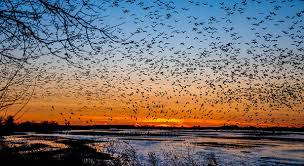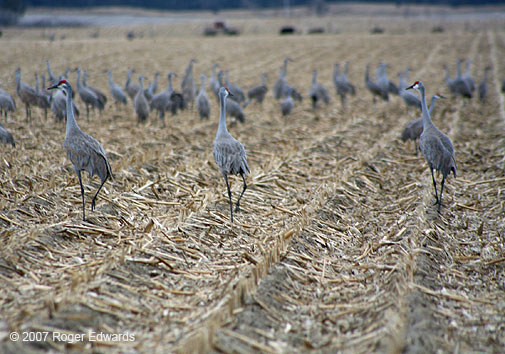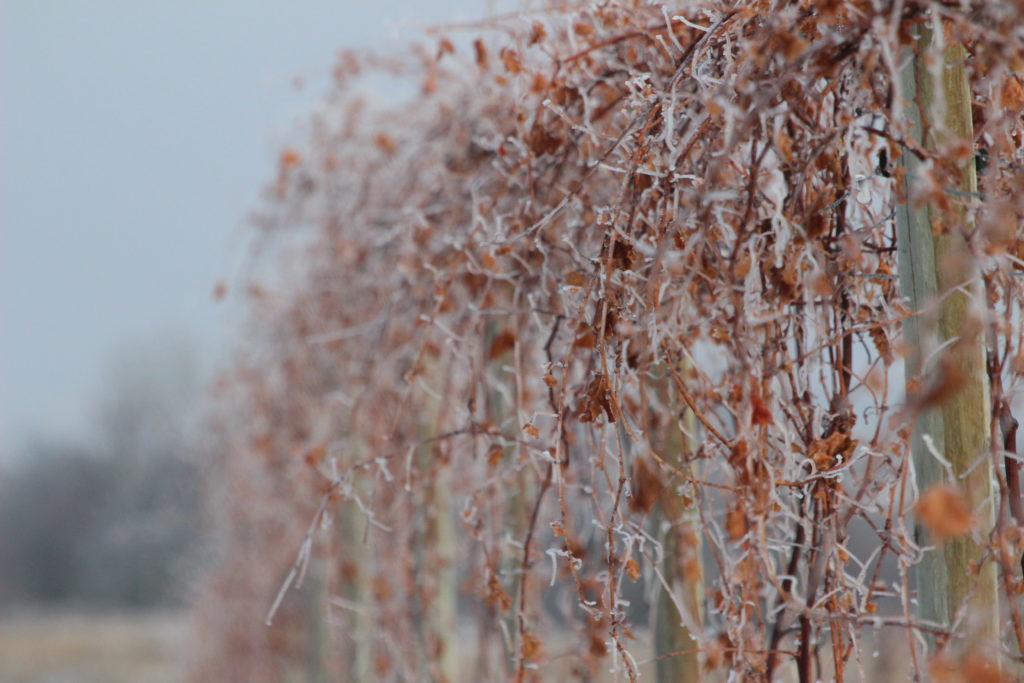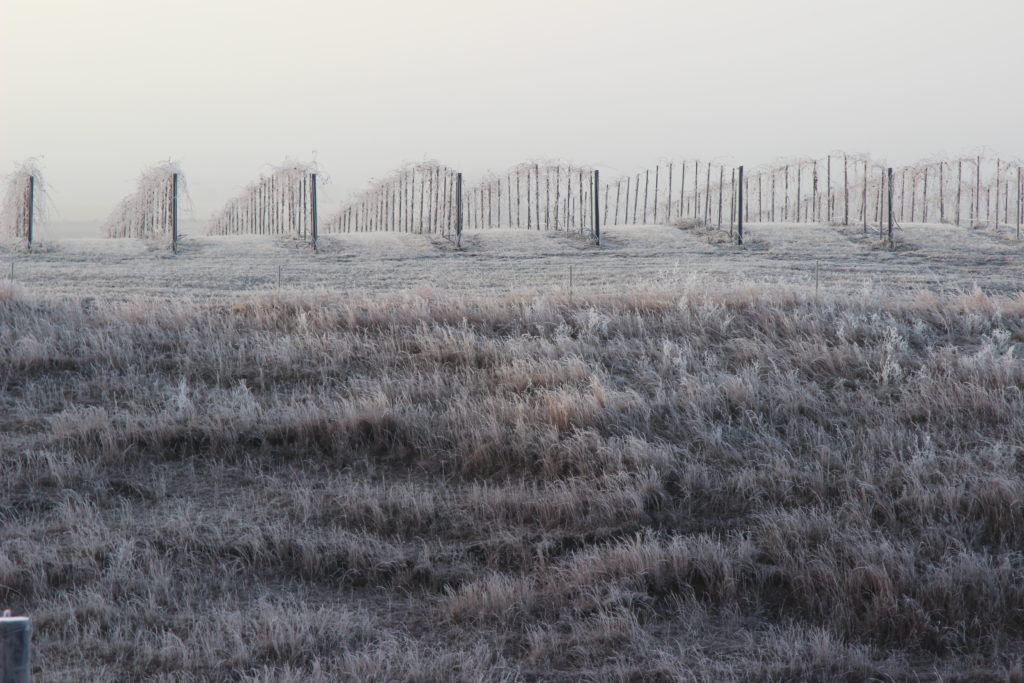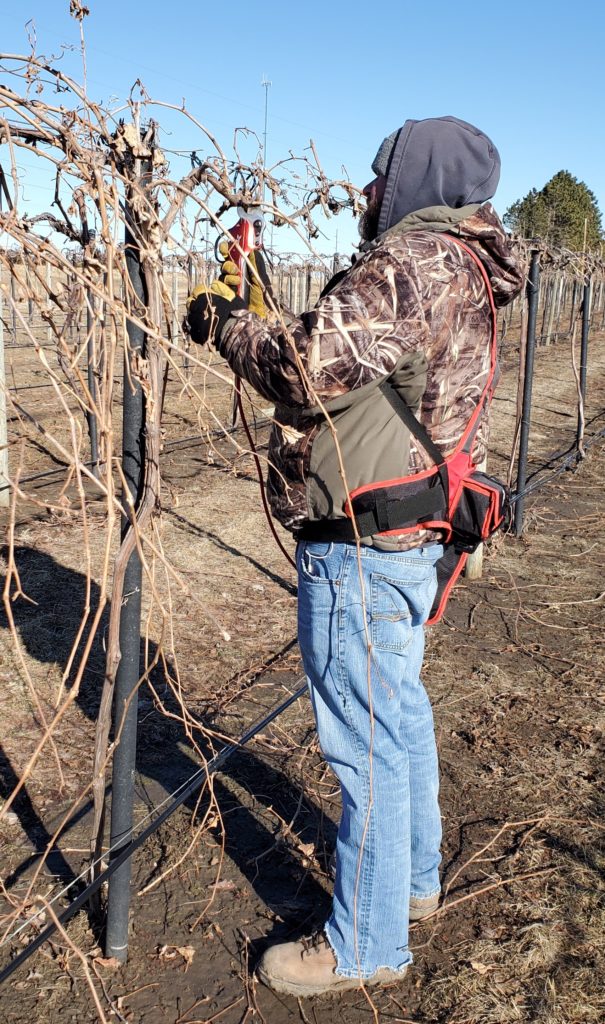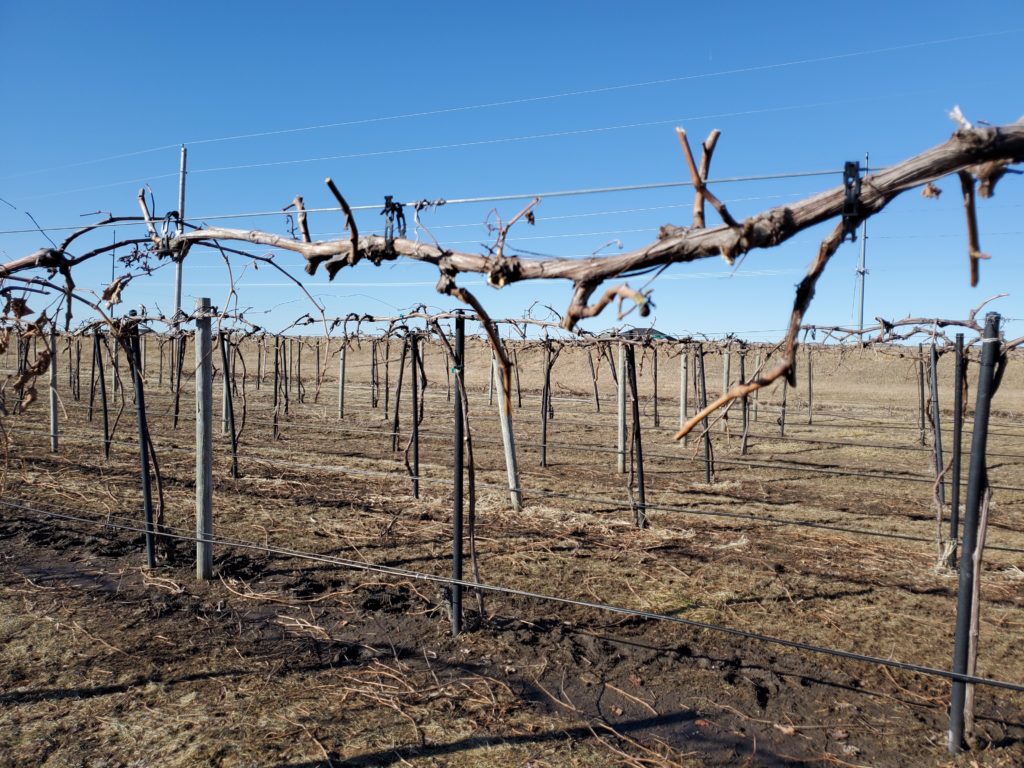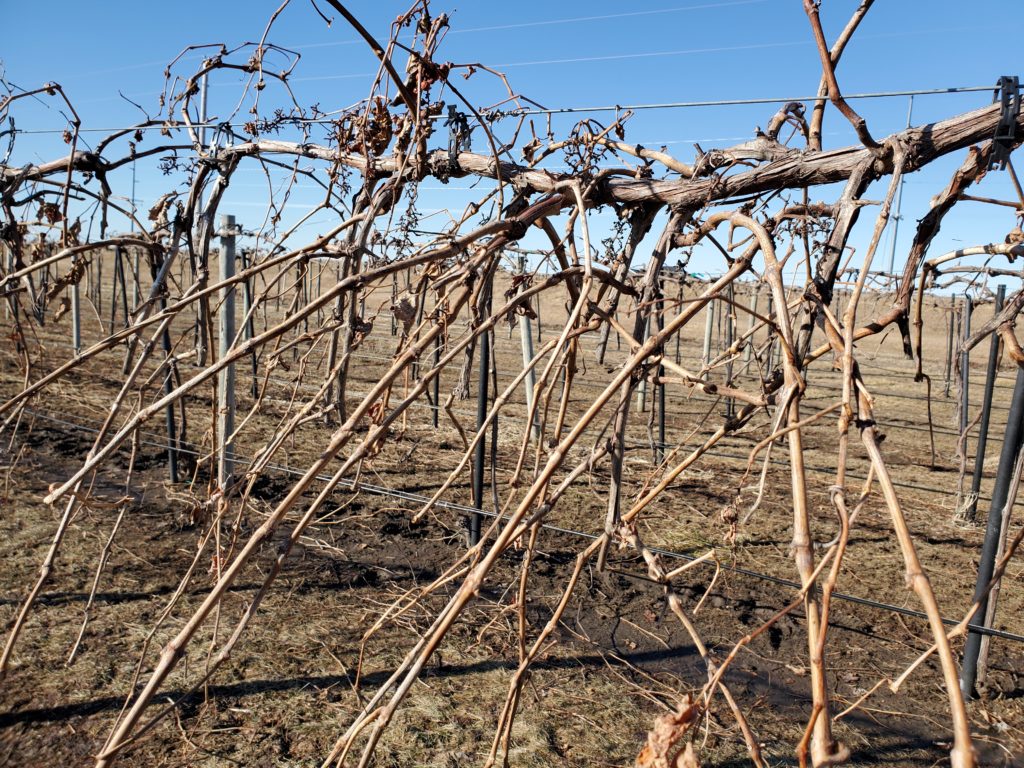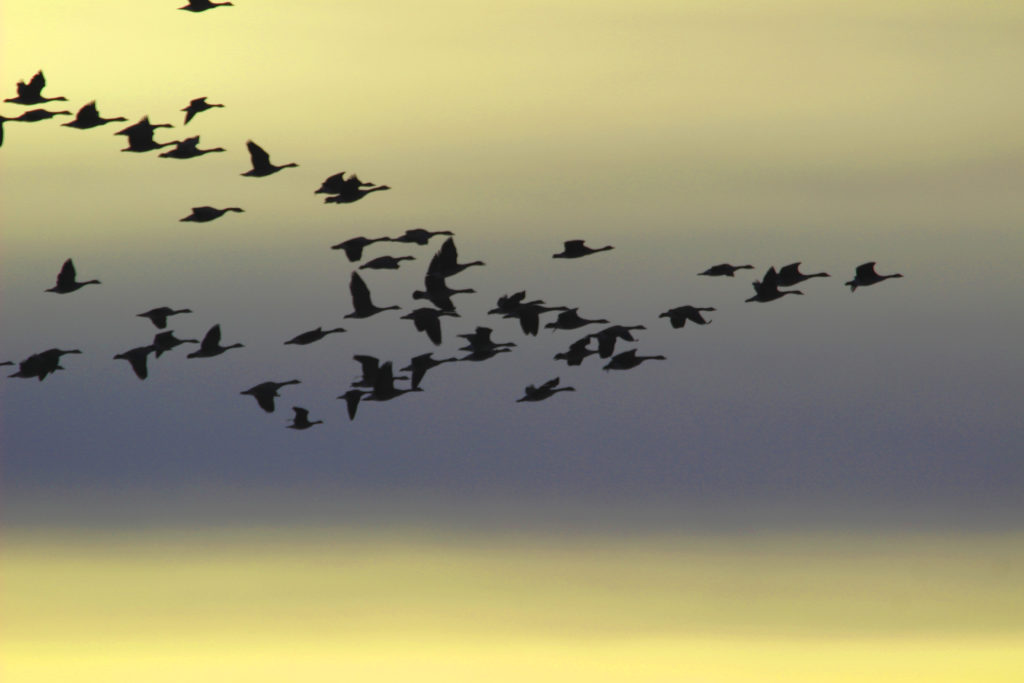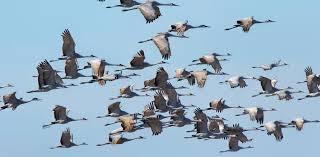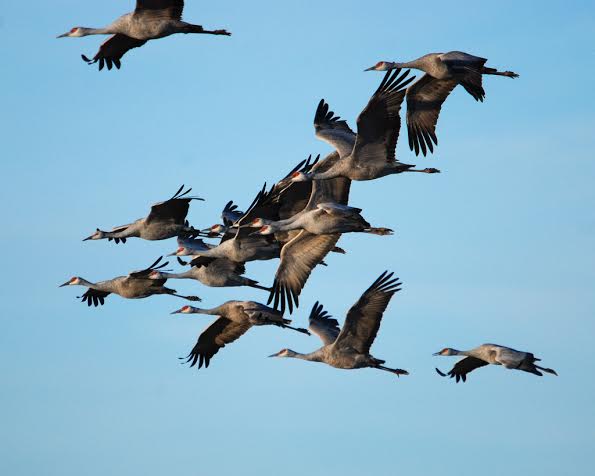Nebraska Wine. . Amidst Cows and Corn
By Mick McDowell, a Nebraska a winemaker
Today it’s supposed to be 65°F and nearly 70°F in another week.
We’re already seeing plenty of Canadian and Snow geese in the area, which means that the Great Migration of the Sandhill Cranes isn’t far behind.
Yet, if you’re a true Nebraskan, who lives amidst the cows and the corn, you know there is at least one more winter storm to hit. The ole timers say, that storm will happen around the equinox or the 3rd week of March. The cow man who is starting calving season knows, if its going to come, it’s going to come in the middle of calving season when you have the majority of your baby calves exposed to it; and that makes for a whole bunch more work.
The experience of this Nebraskan, tells me, that when that late March snow storm comes and if the warm Texas gulf moisture pushes through Oklahoma and Kansas at the same time that a northerner pushes south, March, is going to offer you another great experience often referred to as a blizzard.
Nebraska’s history is full of crazy stories of these blizzards that swept across the plains after beautiful spring days like today. Some of the old-time events didn’t end so well for those pioneers. However, if we get a modern day blizzard in March, the weather person and modern technology can give us plenty of warning and we’re pretty confident that in late March, it won’t stick around too-long. Shortly thereafter, the long-awaited change in the seasons will arrive and spring will begin in earnest.
Back to pruning in the flyway. What’s nice about a 65° day like today, is that you can work toward finishing your winter vineyard pruning without getting frost bite or having to layer up. So, what am I doing sitting inside blogging? I need to get outside!
Anyway, we are entering the final 30 days of winter pruning, which is the cutting away of dead or overgrown branches or stems. This is all done to increase fruitfulness and growth of the grape vines in the coming year. After all grapes only set on new, green vines. To improve grape quality, you limit the amount of fruiting tissue by removing many of the old buds.
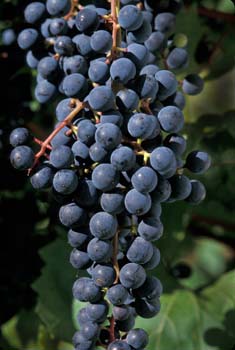
Without removing last year’s over growth, you won’t have grapes that make good wine. When you look at the amount of material removed, the novice will believe you just killed the vine, (we’ve all had those thoughts starting out). The pro-pruner understands, that properly done, what doesn’t kill the vine, generally works to make the wine better.
Pruning is a learned skill and requires that the operator be paying attention to what they’re doing. For one reason, if you don’t and you’re using today’s carpel tunnel saving electric pruning shears, you could very easily loose a finger. Don’t laugh, it’s happened, (not to me mind you, my cut only required 6 stitches and that was a few years ago).
Another required skill for the pruner, (that’s you), is that in an instant, you make identification of winter damage on the vines and cutting it out. Sometimes identification is really easy, other times the parts you thought were good you left on the vine, but in the end it dies and you start at the basal bud regardless.
Pruning requires hours on your feet, in the vineyard, and a great deal of hand work. All this to make what you hope is really good award-winning wine from the fruit that results from your selections, sun and terroir. They’re all requirements for great wines.
Dr. Paul Read from the University of Nebraska Viticultural program likes to say, “you can’t make good wine out of bad grapes.” So, proper winter pruning is the beginning producing good grapes for your next great Nebraska vintage.
How does this relate to crane migration? Easy, one of the benefits of winter pruning is that this time of year, you’re outside and here at Miletta Vista, we are close to one of the world’s greatest resting, and rejuvenating staging areas for water fowl and the Sandhill Cranes on their migrational journey to their northern nesting grounds.
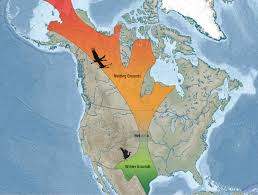
At first glance that might not sound to impressive, however, if you don’t have your ear buds in to deep or the music turned up to loud, or if you’re not to engrossed in a book on tape you can actually hear the geese and the cranes as they travel overhead.
Yes, as you’re pruning away, in the rhythmic routine, sorting through the vines and seeking that perfect spur, your ears will often pick up a familiar sound overhead. You’ll first hear them about a mile away or so, depending upon the winds, (oh yeah forgot to mention the winds of March on our prairie hilltop). You don’t see the geese right away, but you hear them, somewhere up above, pushing themselves through the air honking like their calling to you. Then you find them, and you take a momentary break from the monotony of winter pruning to gaze upon their splendor.
There are times, when pruning, I’ve had geese come in from behind me, from the east. They burst out from behind the winery building, low and fast, you’ll turn, pause and you’ll hear the wind beneath their wings as they glide by overhead. No time for a camera, only time for your mind to capture the experience and hold it, hoping for a next time. They pass, you prune on, hoping for that next time. Until finally the season’s pruning is complete, the weather has warmed and the geese and the cranes have moved north after a month of grazing Central Nebraska’s corn fields, adding 25% of their body weight back and then they journey on to their breeding grounds.
When that northward migration does occur, the cranes, routinely break their northward journey after crossing the North Loup River. For some reason they kettle just past the North Loup River and just over Miletta Vista’s vineyards, (an amazing site I never seem to tire of).
Again, you hear the sandhill crane, you scan the heavens for a sign, a speck of gray spots, a glint in the sky and after a moment, if your lucky, your eye spots them and if it’s a big group of birds, you’ll stand and enjoy the show, at least for a time, taking another momentary break to enjoy another aspect of nature and the experience that God has given you. You listen, you ponder, you smile and then you prune some more.
Yes, Miletta Vista winery and our vineyards are in one of the most beautiful spots in the world you’ll ever experience. Every time you pop a cork, you’ll re-live your experience while here. The aroma’s, the sounds, the color and breeze or the stillness of the day it all comes back. Just like I relived blogging it for you.
When the migration gets hot and heavy during these next 30 days, on one or two days, you’ll be able to locate numerous groups of cranes, stacked up, one over the other, and one after the other. All heading north, all feeling the urgency to migrate as spring time warms the nights as well as the days.
Sometimes you’ll spot a mega flock and you realize, all those hours of winter pruning got you in a little better shape, developed a bit of discipline for sticking to a task and one of your rewards is an experience that few really get to take in. Yet, here at Miletta Vista, we are blessed to experience it every year. Mother Nature sees to that as regular as a swiss watch.
Yeah, winter pruning in the Central Nebraska Flyway isn’t just about pruning the grapes. It’s about enjoying those who visit the winery on a breezy Nebraska day. Enjoying last year’s fruit of the vine, or setting by the fire place warming yourself as winter offers one last expression of its will; and you hope that you get to have another grand experience during one of the world’s great migrations as you complete yet another day of work.
Cheers from
Vinoman
